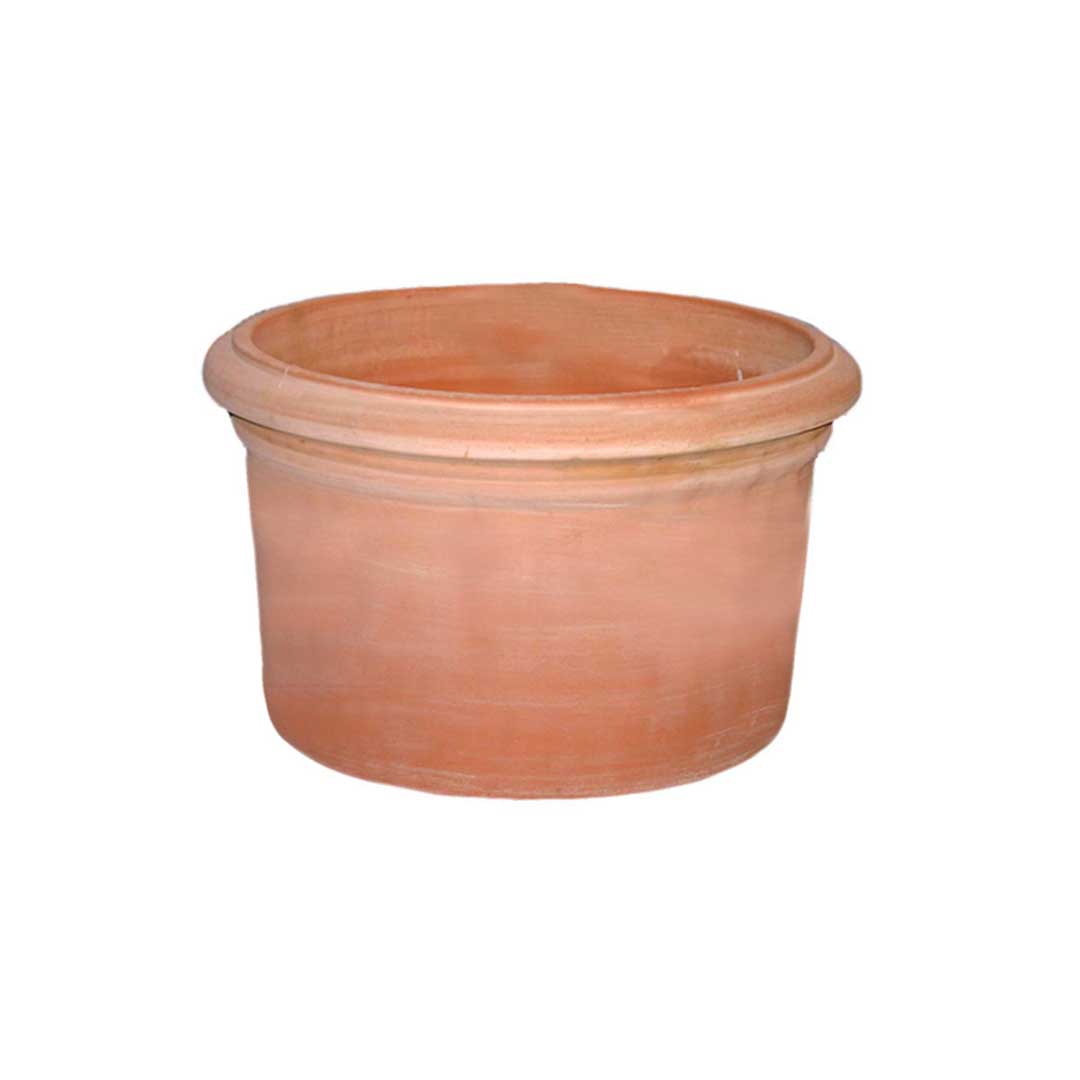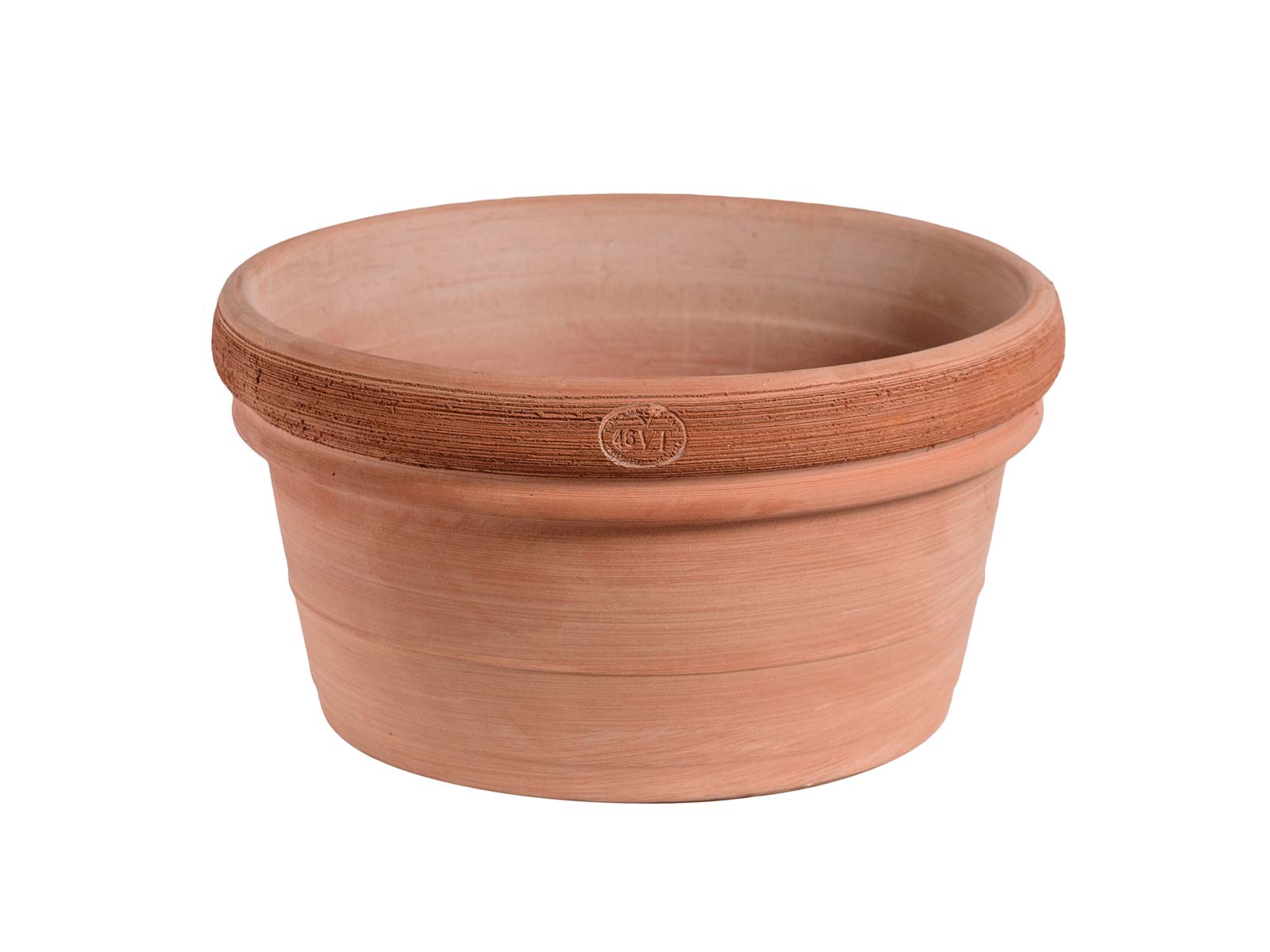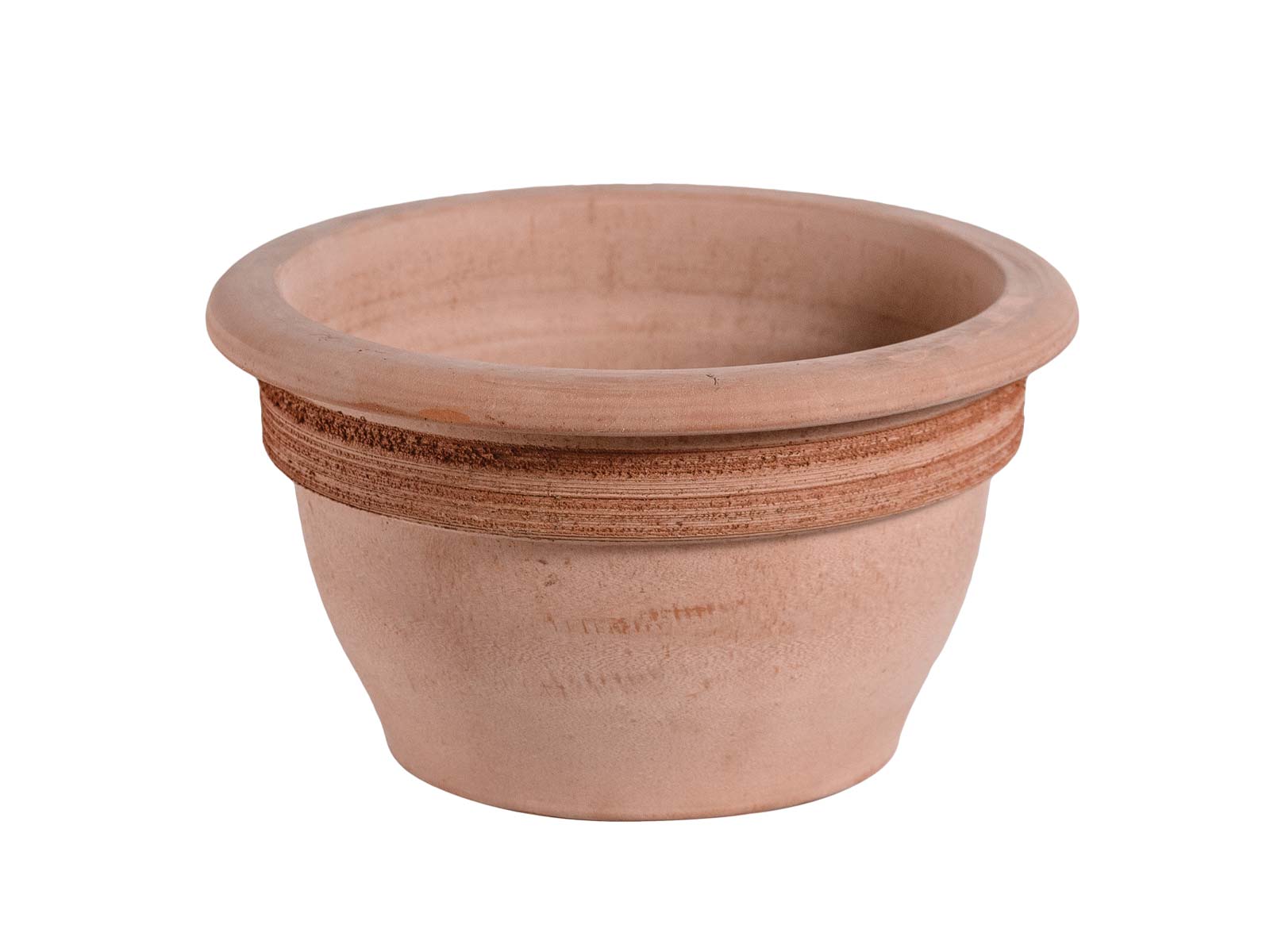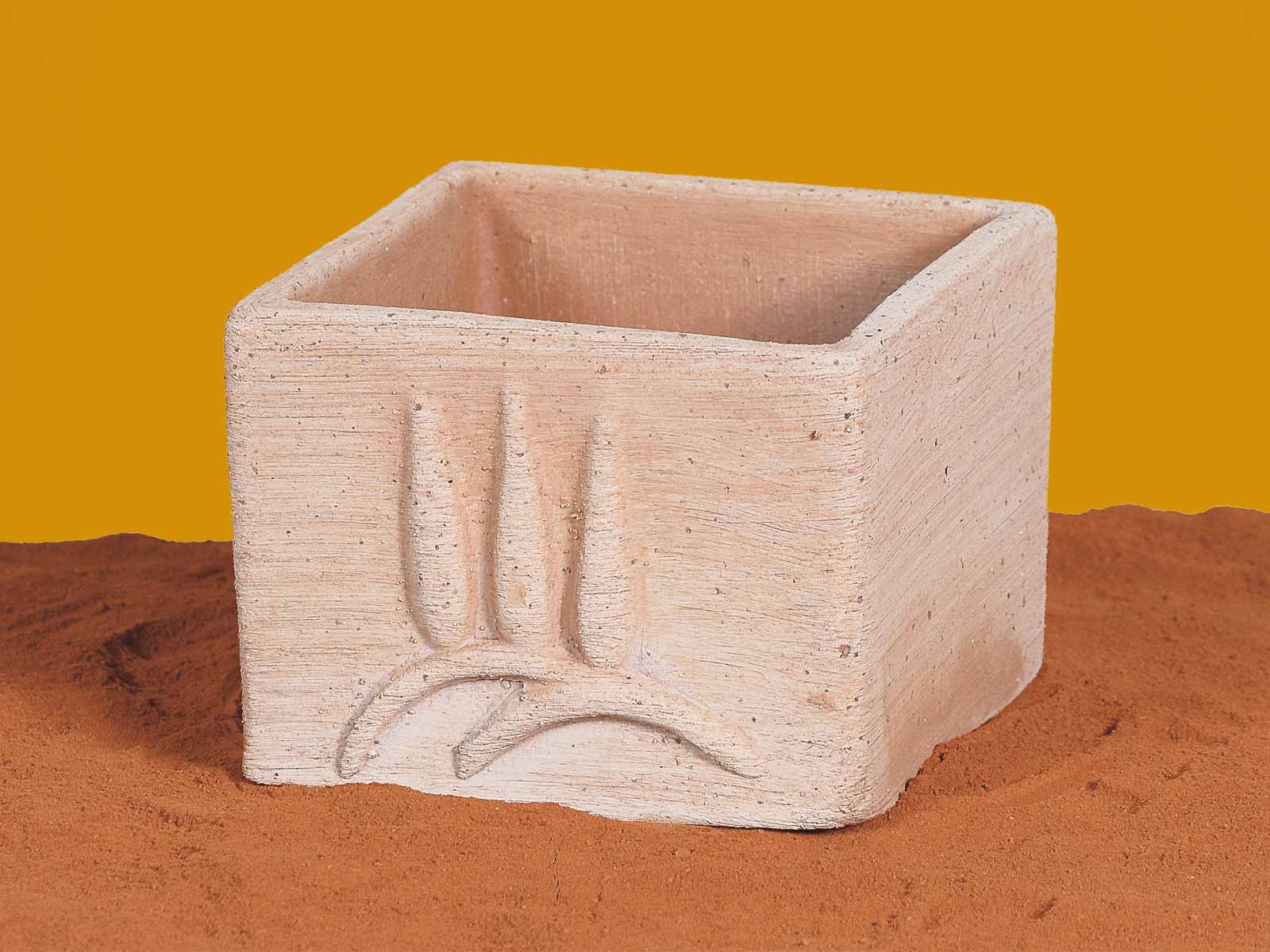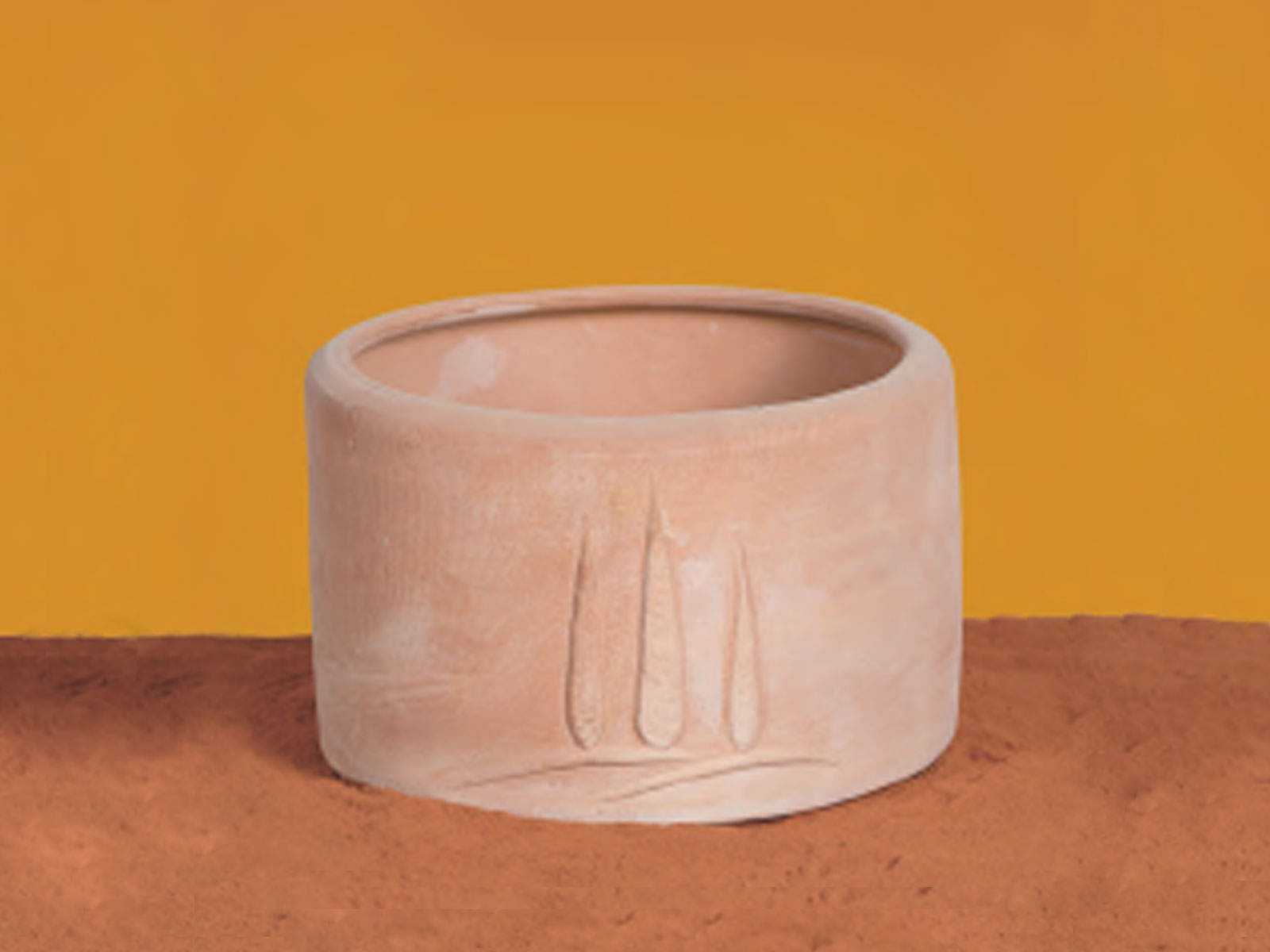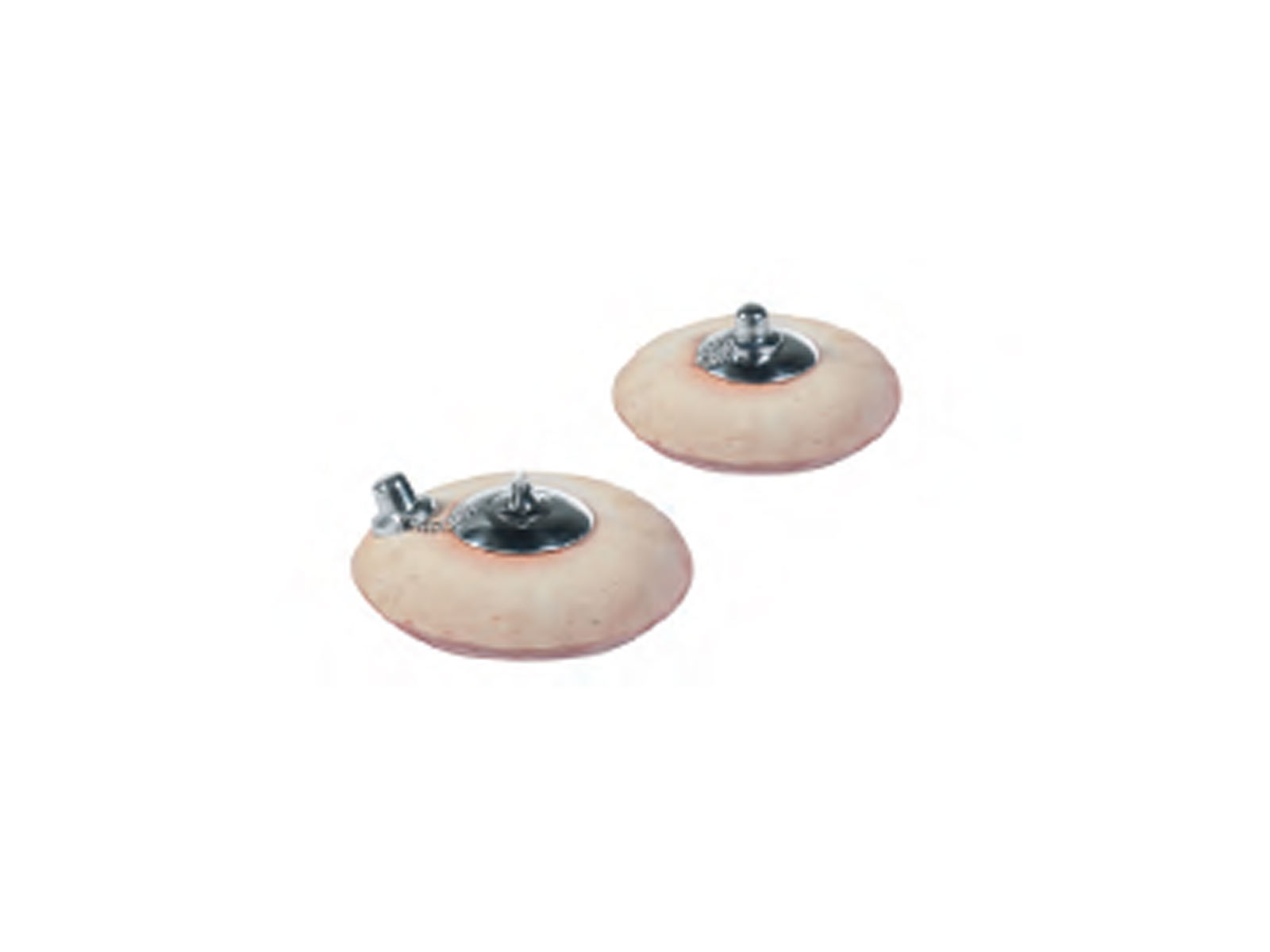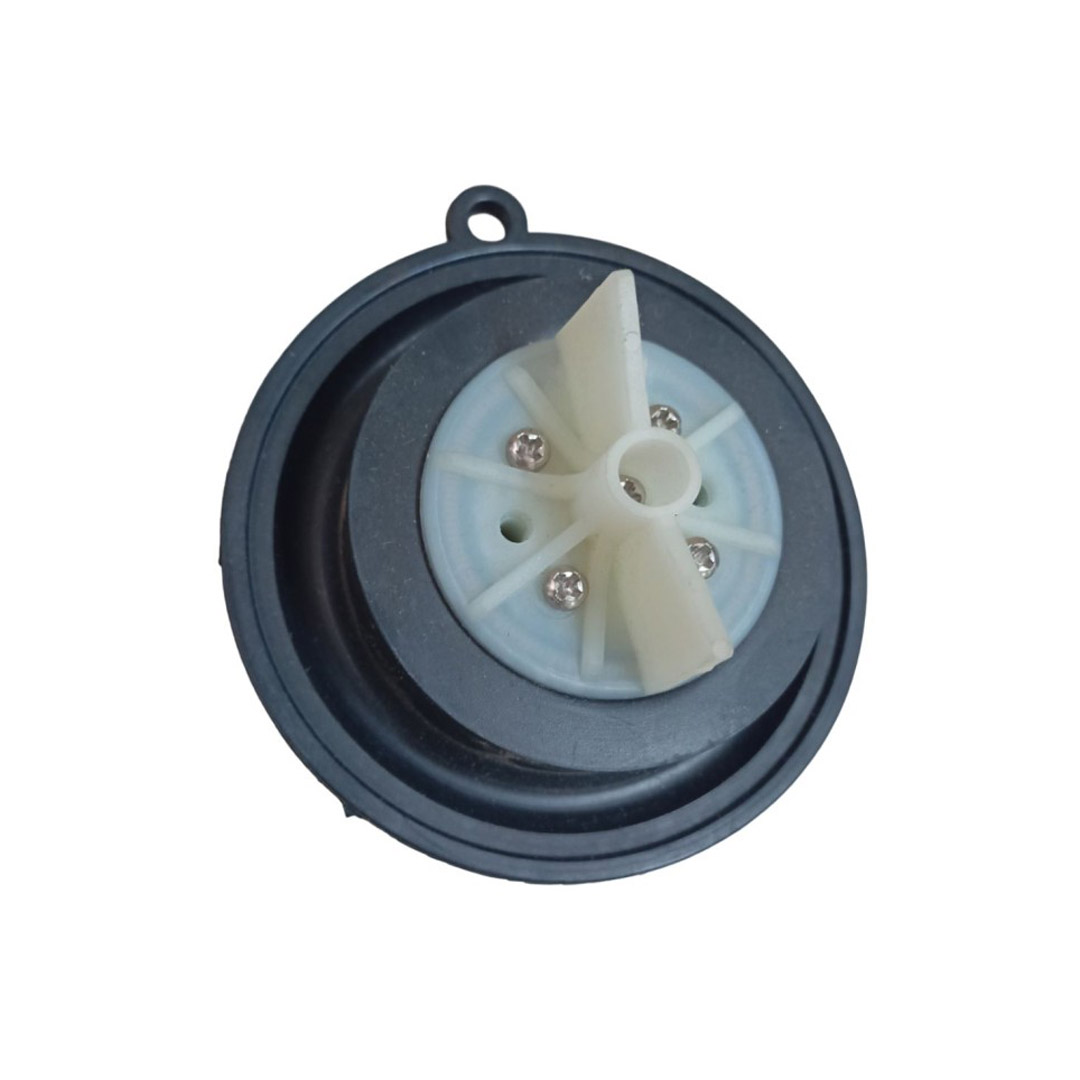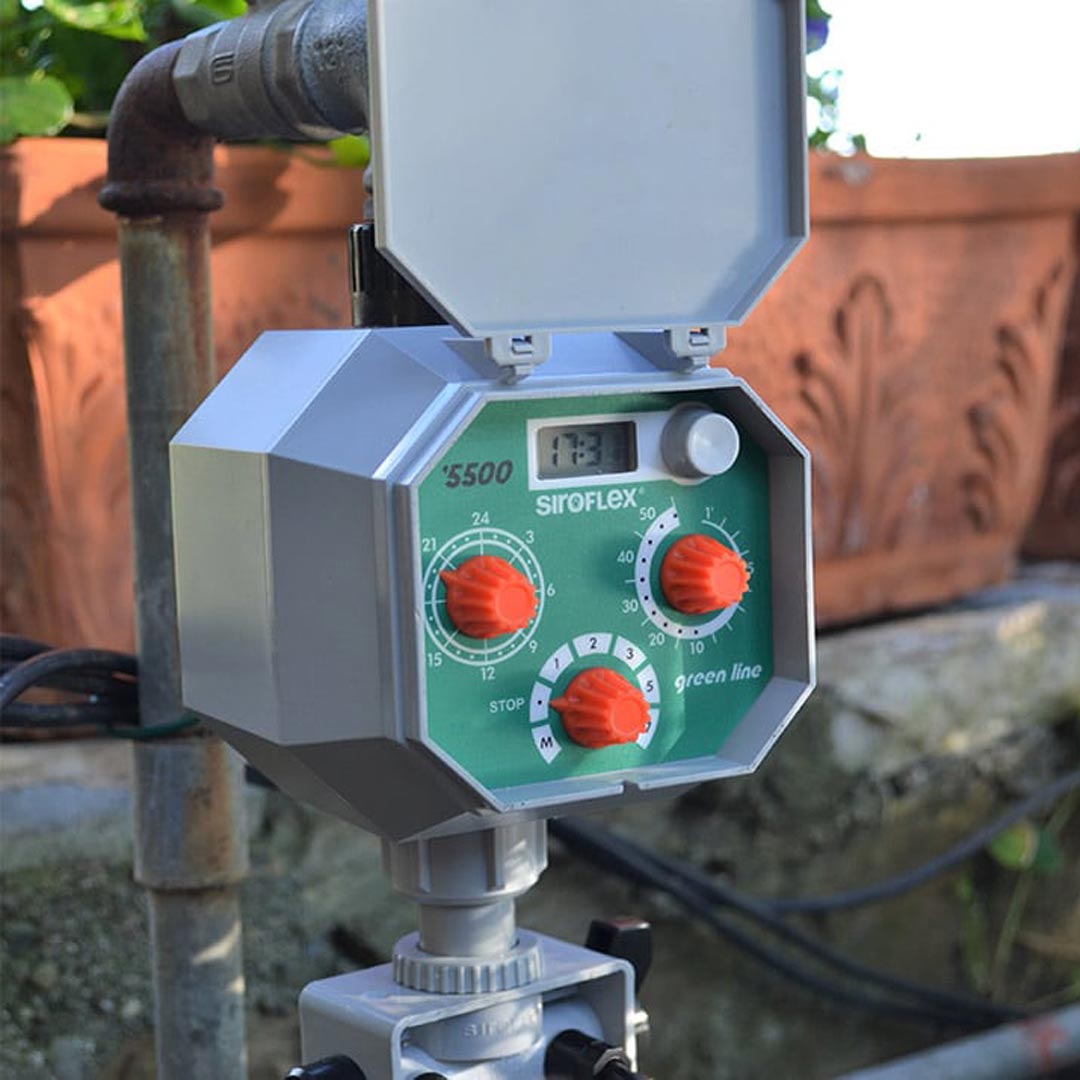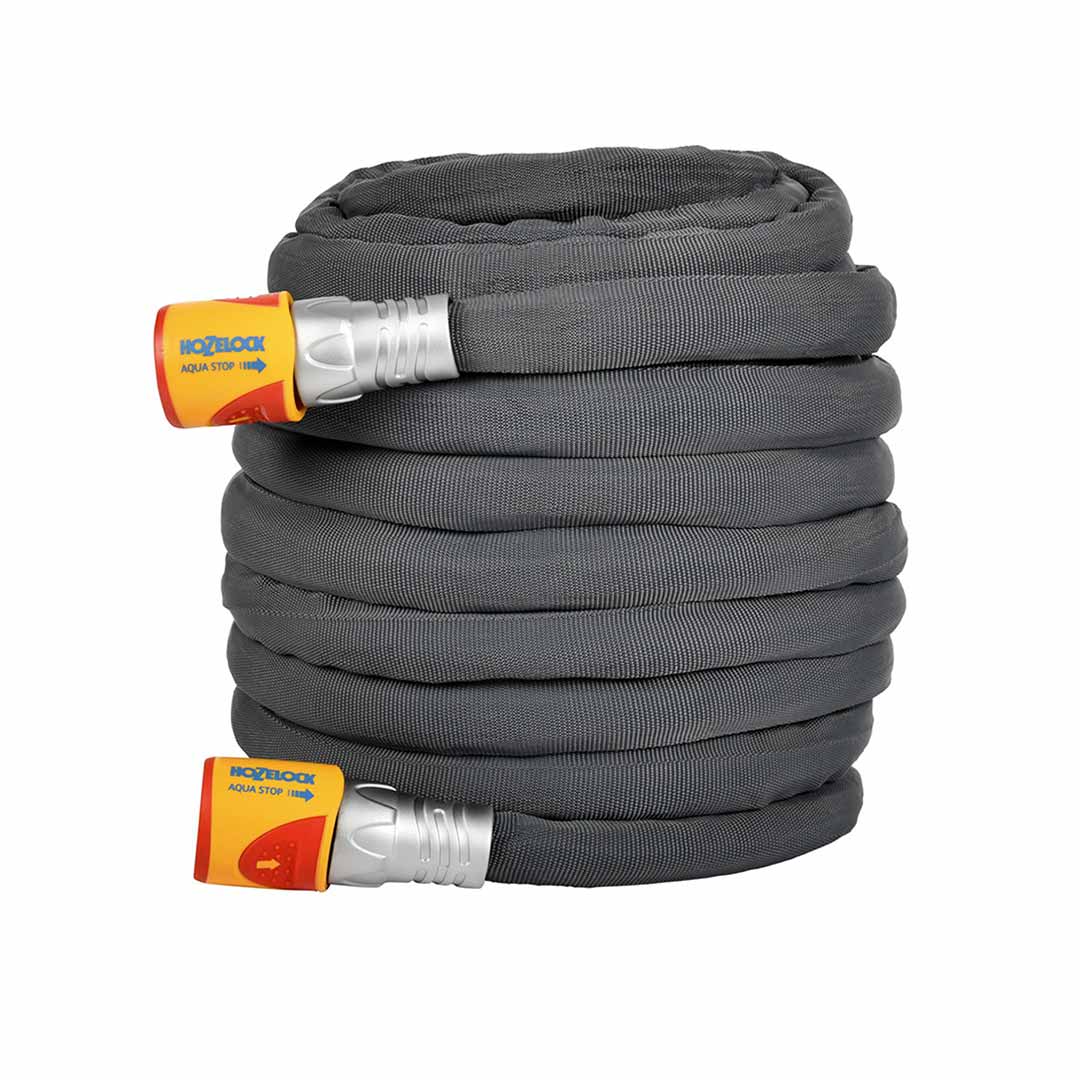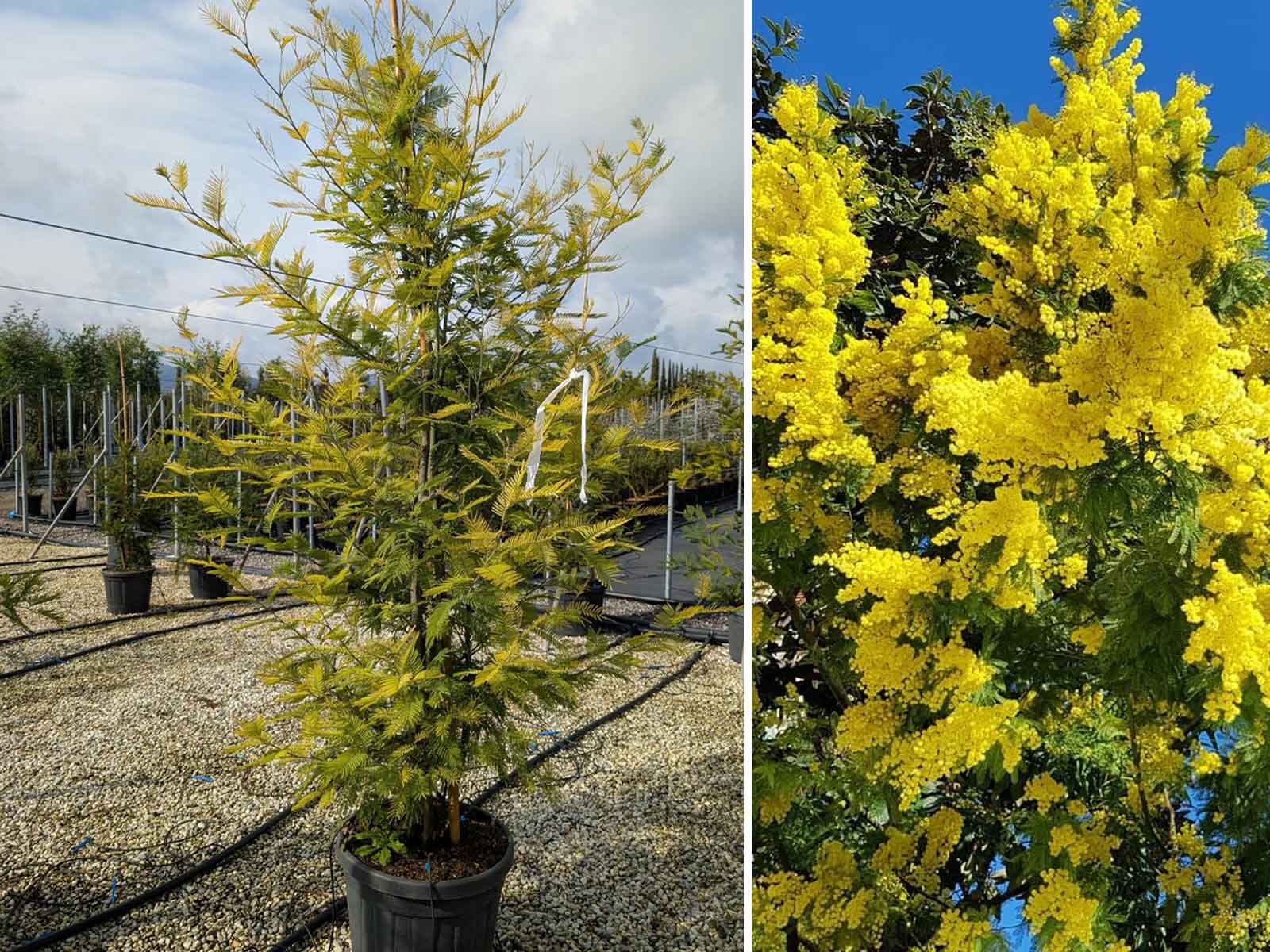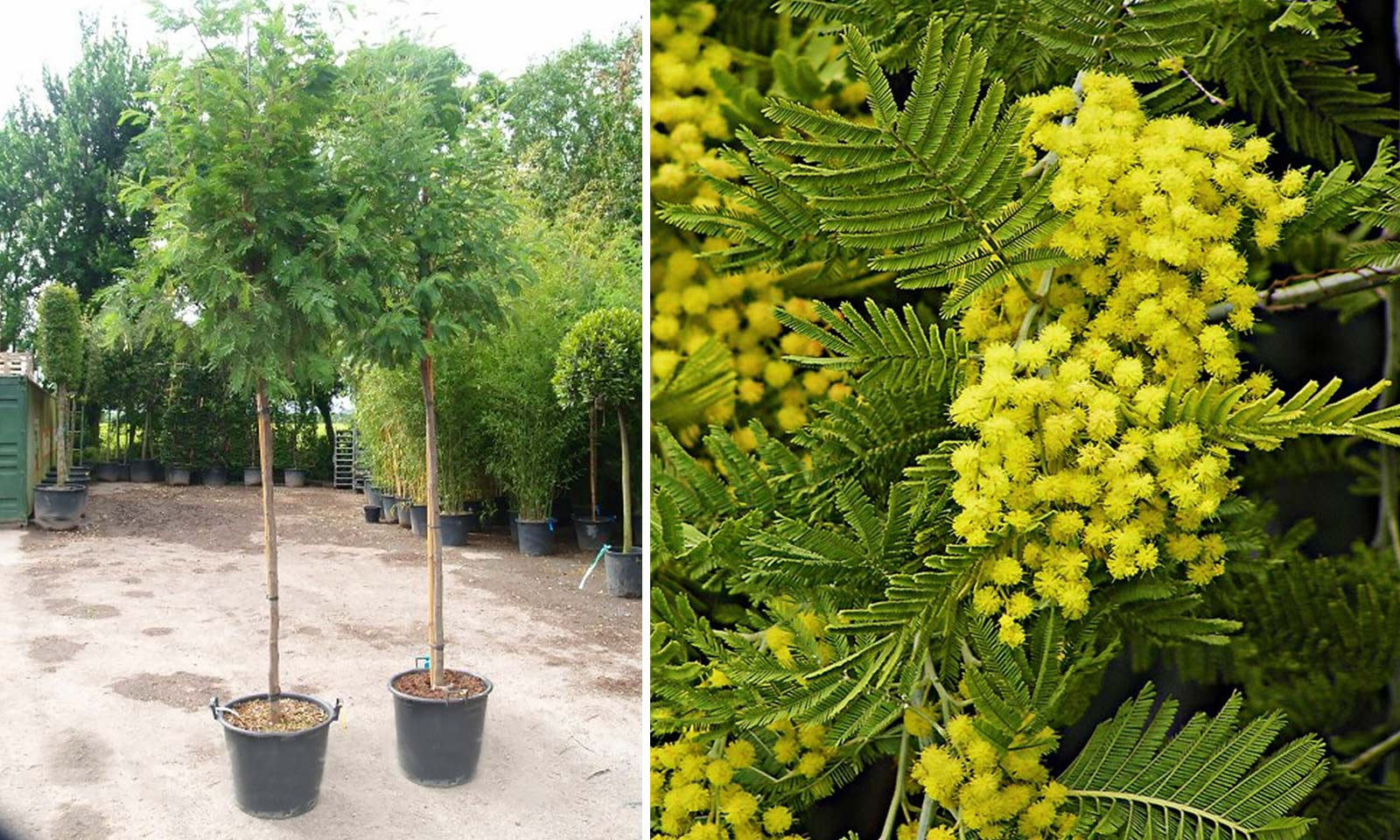Acacia Dealbata (Mimosa Tree) - 300-350 cm / 9.8-11.5 ft
Chiefly native to Australia, Acasias are fast-growing trees or saplings, which require neutral or acid soil. Acacias can be deciduous or evergreen trees, shrubs or climbers They have light, elegant evergreen leaves, glaucous or green. Flowers are a mass of tiny golden yellow pompons, which brighten the winter and spring in mild climates and are are strongly honey-scented. They adapt to coastal climates, but only if sheltered from strong winds. Very easy to grow in pots. Acacia Dealbata - The first mimosa to be introduced to Europe, in 1824. Silvery- grey foliage, flowers from December to March. Most resistant of all varieties to low temperatures. Acacia Dealbata - the first mimosa to be introduced to Europe, in 1824. Silvery- grey foliage, flowers from December to March. Most resistant of all varieties to low temperatures.
Latin Name: Acacia Dealbata
English Name: Blue Wattle, Mimosa
Species: Fabaceae
Genus: Acacia
Foliage Type: Evergreen.
Foliage: Green.
Flower: Yellow.
Flowering Period: December-March.
Suggested Location: Outdoor.
Suggested Soil Type: Well-drained. Sand. Loam.
Suggested Exposure to Sunlight: Full Sunlight.
Suggested Exposure to Weather: Sheltered.
Hardiness Rating: Low (H3)
Lowest Temperature Tolerance: -5 °C to 1 °C (23 °F to 33.8 °F)
Suggested Uses: Small gardens. Parks or large gardens.
Maintenance: Pruning group 8 or pruning group 13 for wall-trained specimens.
Growth Habit: Bushy.
Growth Speed: Fast
Delivery Cost: This is calculated based on the total size, weight and quantity of your order, as well as the location of your delivery address. You will see the final price at the Online Checkout Page (before making payment). Our website will automatically calculate the lowest possible delivery price and apply discounts to orders of certain products – giving you the best value delivery every time!
Please note that high-volume orders will decrease your delivery costs significantly by spreading the price across multiple items. Visit our Delivery Policy page for more information.
